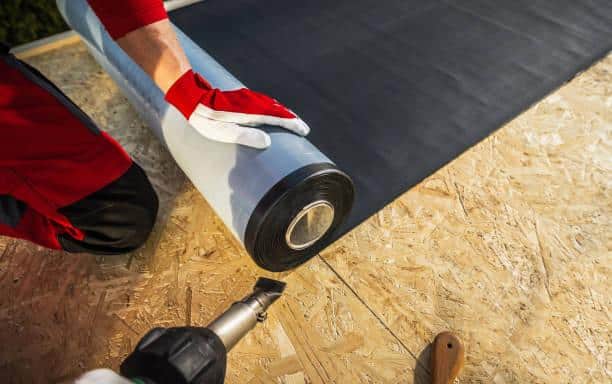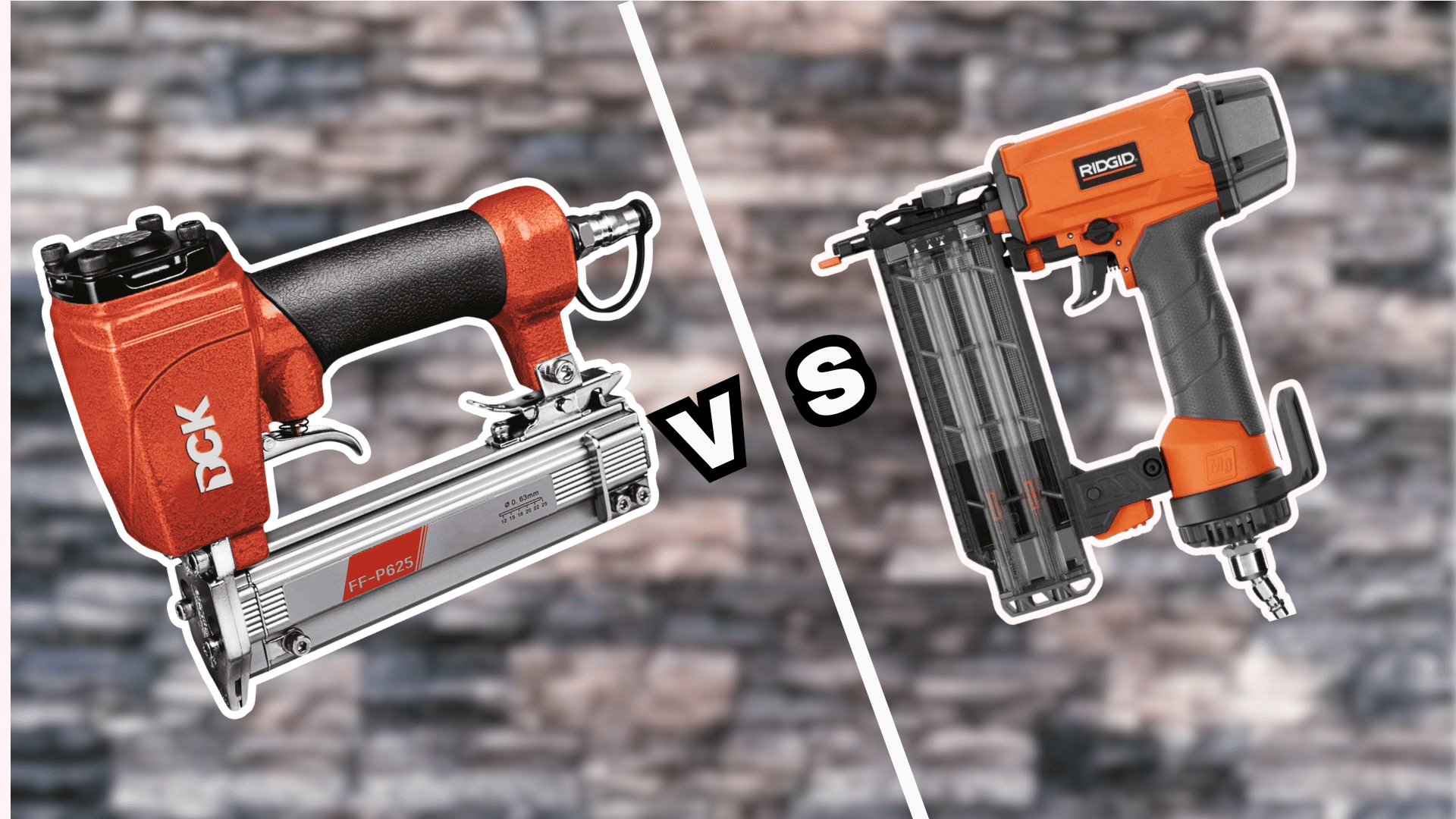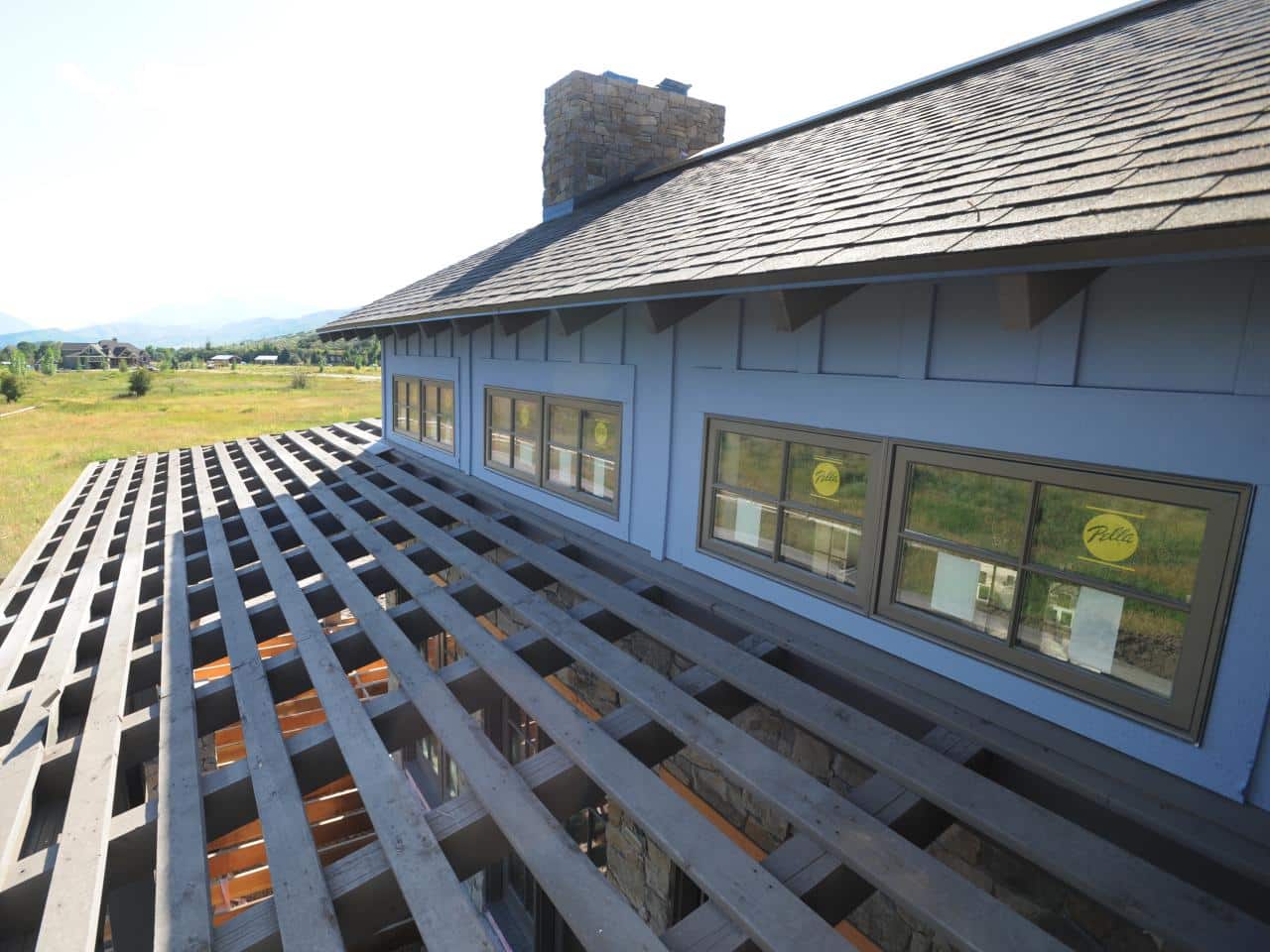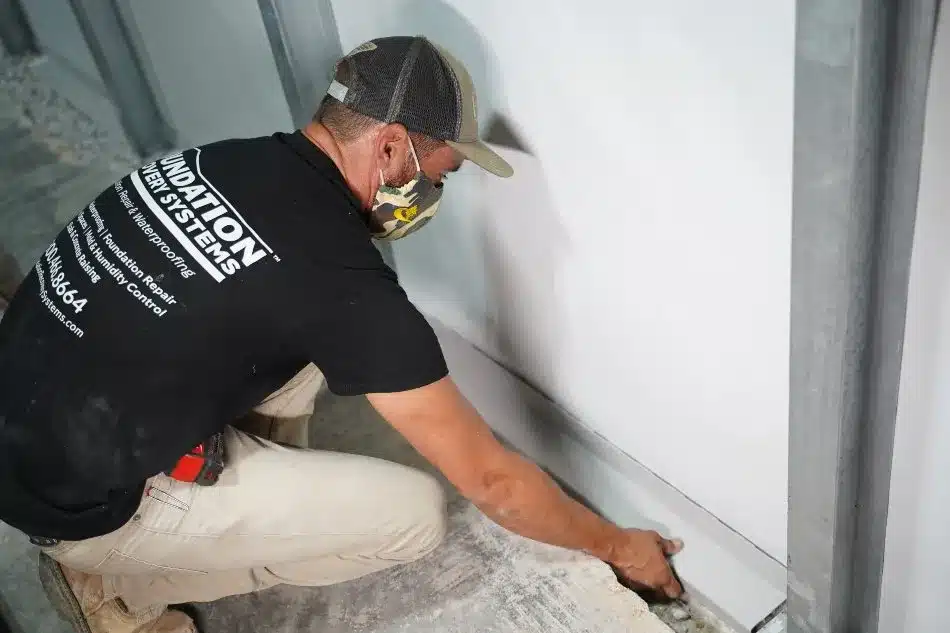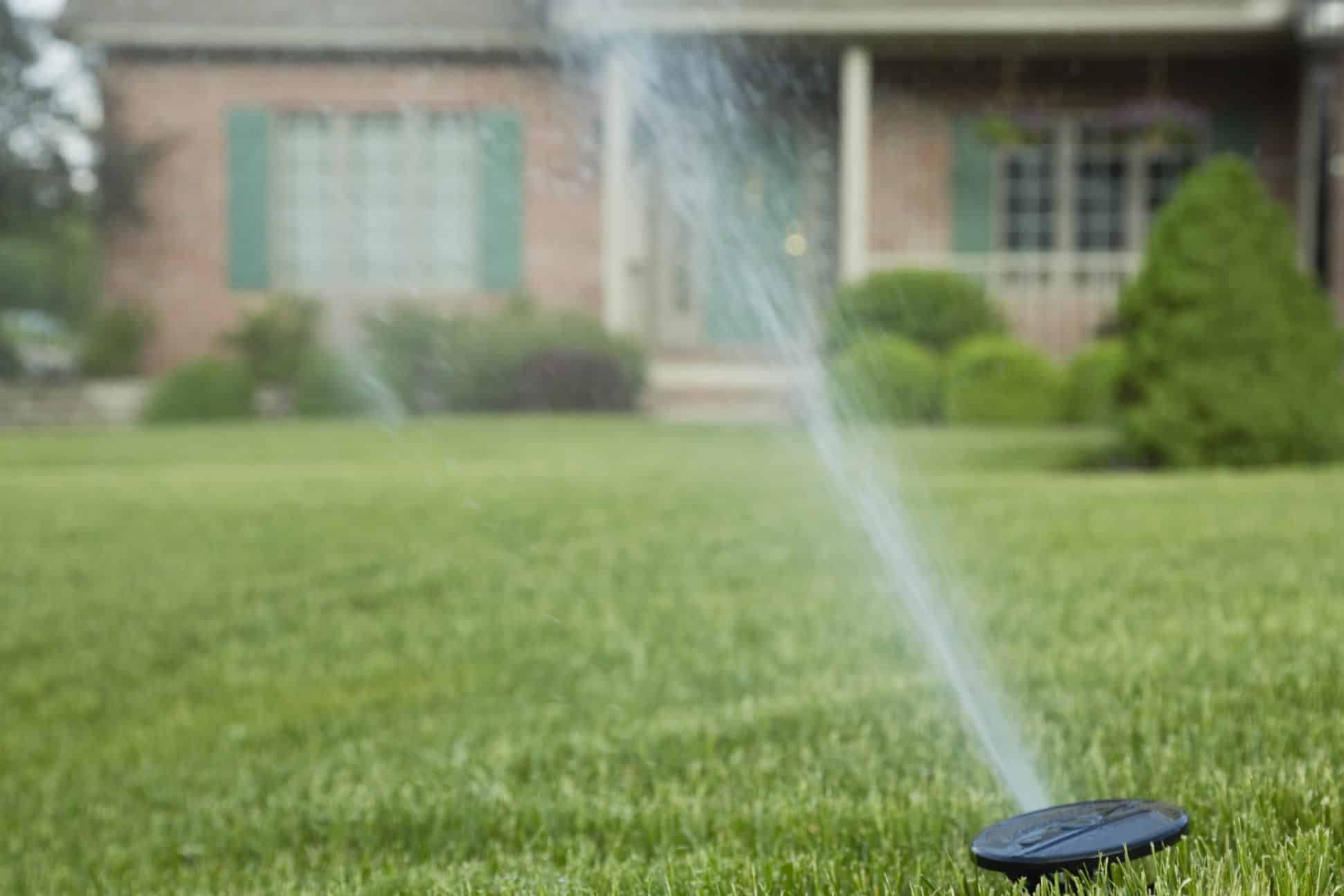Types of Rolled Roofing: Exploring Different Materials and Their Applications
Rolled roofing is an excellent choice for houses, gazebos, and garages. This roofing material is usually available in rolls and used for flat or slightly pitched roofs, providing reliable protection from UV rays, moisture, wind, and other unfavorable weather conditions. Alongside its high functionality, this type of roofing significantly varies in materials and pricing.
The rolled roofing cost depends on several factors, including the roof area, material type and quality, location, delivery conditions, installation complexity, work urgency, etc. On average, rolled roofing cost typically ranges from $2.50 to $6 per square foot. The type of material plays the most important role in this case. Thus, bitumen-rolled roofing is more expensive than rubber-rolled roofing because bitumen material is more durable and strong, so its production is more expensive. It is also worth noting that the type of rolled roofing affects installation complexity, which, in turn, affects the overall cost since working with a more complex type of material requires more time and resources.
This article describes rolled roofing types, materials, and applications in more detail. Study the information carefully and make the best choice already today.
4 Main Types of Rolled Roofing: General Description
There are different types of rolled roofing, all varying in their durability and efficiency. The most popular include:
- Rubber rolled roofing;
- EPDM rolled roofing;
- Bitumen rolled roofing;
- TRO rolled roofing;
Let’s consider their features in more detail.
1. Rubber Rolled Roofing
Rubber rolled roofing is a flexible and impermeable roofing membrane designed for installation on various types of roofs. It consists of rubber resin, reinforcing material, and glue. Advantages:
- Flexibility. Rubber easily adapts to any roof shape, including convex and inclined surfaces;
- Resistance to extreme weather conditions. The dense and durable structure of rubber roofing makes it resistant to ultraviolet radiation, mold and mildew, frost, winds, and other environmental influences;
- Durability. Rubber rolled roofing usually comes with a 10-20-year warranty but can remain effective even longer if properly cared for and regularly maintained.
Rubber is also one of the most ecological materials. Therefore, this type of rolled roofing helps reduce waste and environmental impact.
2. EPDM Rolled Roofing
EPDM (Ethylene Propylene Diene Monomer) is widely used in the construction industry due to its strength, UV resistance, and long service life. This material is suitable for various types of roofs and commercial buildings.
The advantages of EPDM rolled roofing include high resistance to chemicals and various temperatures and good air tightness. In addition, this material has excellent sound and thermal insulation characteristics, which makes it attractive for use in residential buildings.
3. Bitumen Rolled Roofing
Bitumen rolled roofing is one of the most popular types of roofing materials. It is made of specially treated and fiberglass-reinforced bitumen, covered with a layer of mineral filler. Bitumen rolled roofing is weather-resistant, waterproof, and durable. You can use it in various types of buildings: residential, industrial, commercial, etc. The advantages include ease of installation, a wide choice of colors and textures, minimal maintenance, and resistance to low and high temperatures.
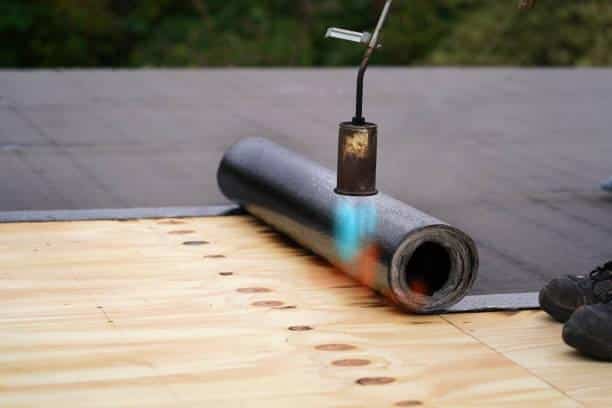
4. TRO Rolled Roofing
Many people choose TRO rolled roofing for industrial, commercial, and residential buildings that require a strong and durable roof. It consists of a thermoplastic olefin, which effectively protects the building from wind, water, sunlight, and other weather conditions.
Price is an important advantage of TRO rolled roofing. Compared to other types of roofing, this material is more affordable and economical. Its excellent cost, combined with high performance, makes it an attractive choice for various construction and renovation projects.
Different Types of Rolled Roofing: Comparison
Rubber roofing is durable and resistant to weather conditions such as sun, rain, snow, and wind. In addition, such a roof perfectly retains heat in the building and prevents moisture penetration. EPDM is UV-resistant and flexible. This simplifies installation and increases material durability. Bitumen and TRO roofing materials are also very popular today due to their high waterproofness and resistance to mechanical damage. Both materials offer a variety of options to suit different requirements and budgets.
Final Notes: What Is the Best Type of Rolled Roofing?
Therefore, each type of rolled roofing material has its own features and advantages. The choice depends on your budget, specific requirements, and roofing operating conditions. Pay attention to the distinctive characteristics and choose the best-rolled roofing material for your project right now!

